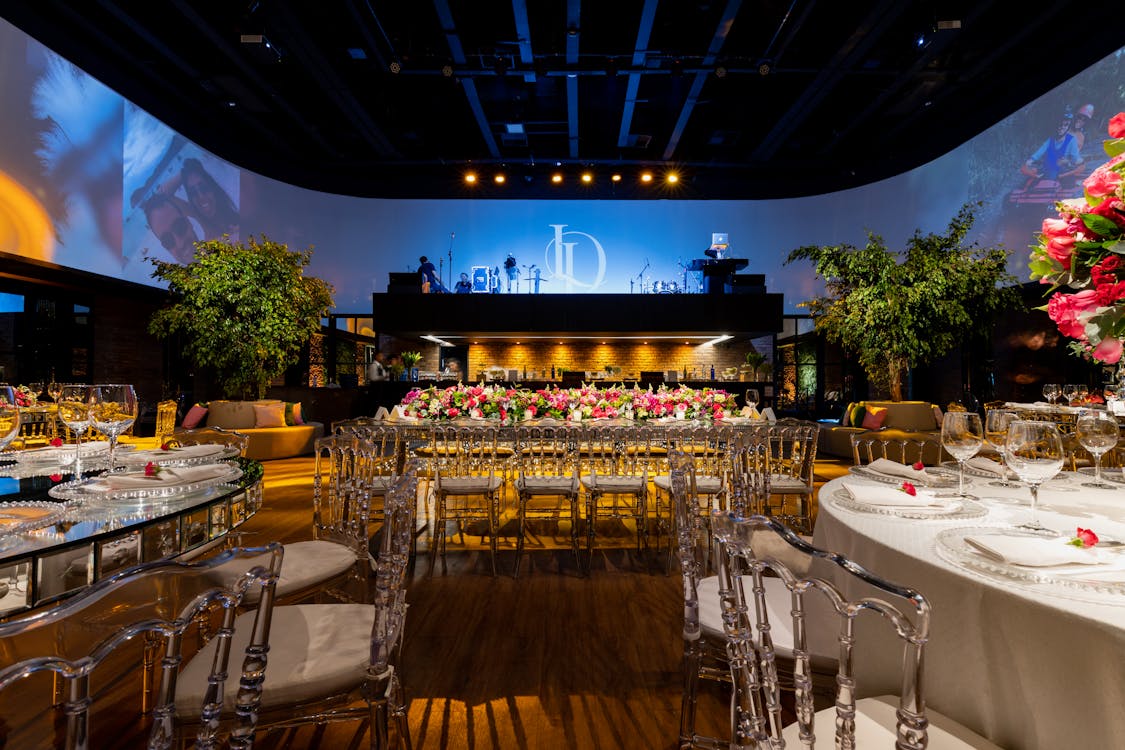Planning a wedding in Singapore often feels like a masterclass in diplomacy. Between balancing your parents’ expectations, navigating cultural nuances and staying within budget, one of the most emotionally charged decisions you’ll make is finalising your guest list.
Who really needs to be there? How do you handle “fringe” invites? And what do you do when your parents insist on inviting that distant uncle you last saw in 2003?
Take a deep breath. Here’s a step-by-step guide to help you decide who makes the cut—without losing your sanity or your savings.
Step 1: Define Your Wedding Vision (Together)
Before you even think about guest names, sit down with your partner and agree on what kind of wedding you want:- Big banquet or intimate gathering [40. Hotel Banquet or Garden Solemnization?]?
- Family-focused, friend-centric, or a blend of both?
- Is this a traditional Chinese celebration, a Western-style solemnisation, or something in between?
Your guest list should reflect your shared vision. Clarity here will help guide every decision that follows.
Step 2: Know Your Venue Capacity and Budget
This isn’t the romantic part—but it’s essential.- A typical hotel ballroom in Singapore holds 100–300 guests.
- Restaurants and cafés? Anywhere from 30 to 100.
- If you’re hosting multiple segments (e.g. ROM + dinner), guest lists may differ per event.
General Rule of Thumb:
More guests = more tables = higher cost. In Singapore, it’s common to spend $100–200 per guest, depending on venue and menu. So yes, even that one extra invite can have a ripple effect.
Step 3: Create Your Core Guest List
This is your must-have group—the people who genuinely matter to you and your partner.
Start by writing down:- Immediate family (parents, siblings, grandparents)
- Closest relatives (the ones you actually speak to regularly)
- Best friends
- Bridal party [6. How to Select My Bridal Party] (they’re with you from start to finish, literally)
This core list forms the non-negotiable foundation of your event.
Step 4: Understand the “Parent Quota”
Ah yes—the legendary parent list. In Singapore, it’s very common for both sets of parents to expect (or even demand) a number of seats to invite extended family, business associates, or old friends.
Approach this early and diplomatically:- Ask both sets of parents how many guests they’d like to invite.
- Be upfront about budget and space limitations.
- Offer a fair quota (e.g. 2–3 tables per family) and be consistent across both sides.
Tip: Create a “Family Table Tracker” to avoid double-inviting relatives or forgetting those VIPs who helped raise you.
Step 5: Categorise Your Extended List
Once the core list and family quotas are done, it’s time to tackle the rest. Categorise into:- Extended family (cousins, aunties, uncles)
- Secondary friends (old schoolmates, acquaintances)
- Work friends or colleagues (current + former)
- Religious/community members
- Plus-ones
- Have I spoken to this person in the past year?
- Will their presence genuinely add joy or connection to my wedding?
- Are they likely to be offended if not invited (e.g. close-knit church groups)?
This phase is where you trim or expand, depending on your final guest count target.
Step 6: Decide on Plus-Ones
This one’s tricky.
Etiquette in Singapore typically allows:- Plus-ones for long-term partners, spouses, or fiancés
- Exceptions for guests who won’t know anyone else
- Casual dating partners
- Single guests you haven’t spoken to in years
Be transparent in your invites. If you’re not offering a plus-one, avoid writing “& Guest” and clearly state the invite is for one.
Step 7: Be Firm (But Kind) with Rejections
If someone asks, “Eh, why never invite me?”, take a breath and reply graciously:
“We really wish we could invite everyone, but we had to keep it small due to space and budget. Hope you understand!”
It’s not personal—it’s logistics. And most people will respect that when explained sincerely.
Step 8: Have a Backup Guest List
There will be last-minute dropouts. It’s normal. So create a “B-List” with people you’d like to invite if space opens up.
Send their invites out a little later, but avoid making them feel like an afterthought.
Bonus: Special Considerations in Singapore
- Cultural etiquette: If your wedding includes traditional Chinese customs (like the tea ceremony), key elders and family members are almost always invited.
- Red packet norms: Some guests feel obliged to attend if invited—so don’t feel bad about not inviting someone unless you’re sure you want them there.
- COVID-era habits: Smaller weddings became more acceptable and that sentiment still lingers. Many Singaporeans are happy attending intimate affairs—so don’t feel pressured to go big if it’s not you.
Final Thoughts
Your wedding should feel like a celebration, not a networking event or a family political summit.
Invite people who make you feel loved, supported, and relaxed. The ones who’ll cry during your vows and dance with you after the fourth glass of champagne. The people who will make your day unforgettable.
This is your village. Choose it well.



Comments